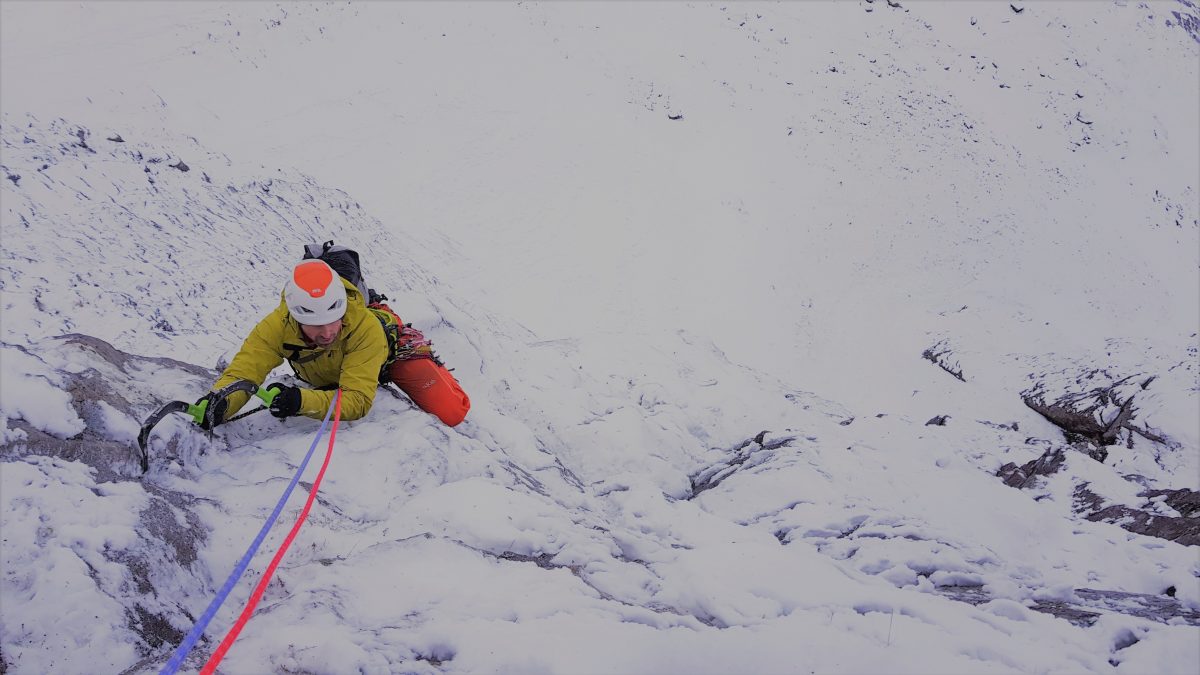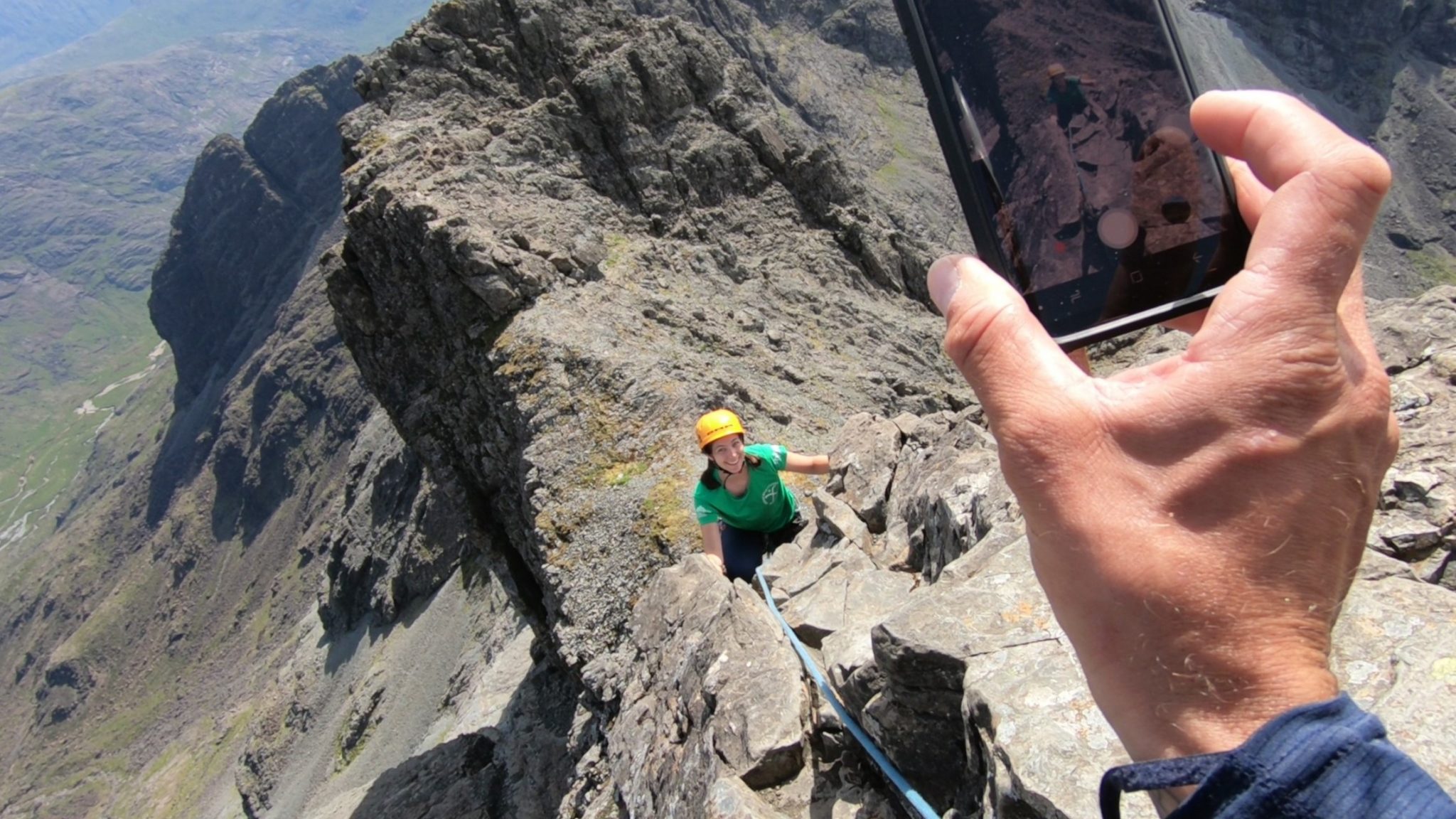
Ten Tips for Scrambling on Skye
09/03/2021
The Slovak Direct
22/08/2022WINTER CLIMBING GLOVES
AUTHOR | STEVE HOLMES
The autumn season in Lochaber is sometimes lengthy and tedious, and it is a great time to start conditioning the body for the upcoming winter season and service the clothing and kit ready for the first snow to arrive. As the season turns, I am on the lookout for new equipment for the fast-approaching winter. Like most climbers, I find gloves the single most challenging piece of gear to get right, and I have tried hundreds of winter climbing gloves in many harsh and demanding conditions. Still, no matter the brand, the principle of rotating through different pairs for different circumstances remains the same. I am a big fan of the improved Black Diamond gloves, but they are expensive, so I have listed alternatives I use for regular work in the mountains.
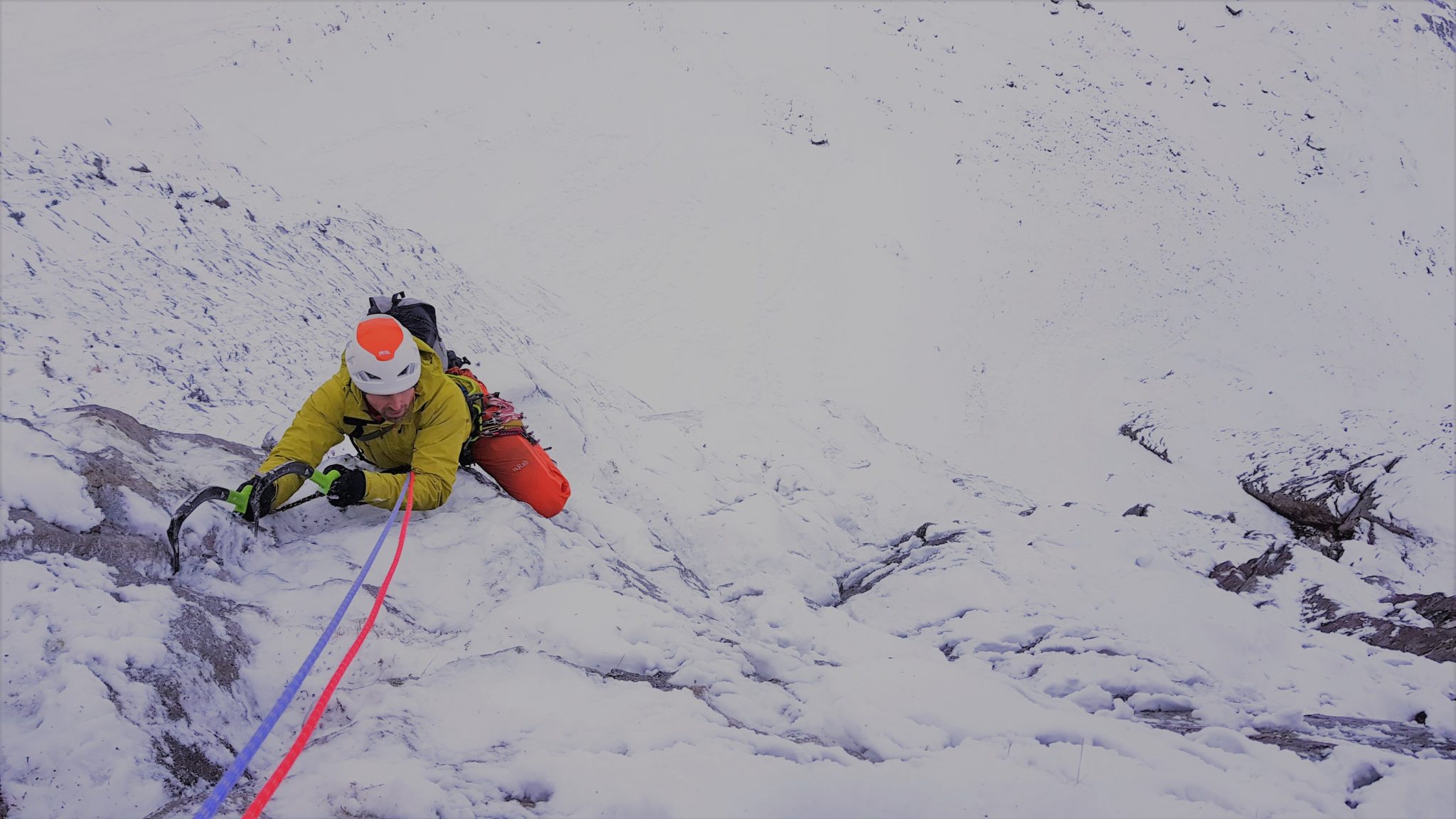
Approach / Seconding Glove
A thicker yet still dexterous glove for seconding pitches is ideal. I currently use the Black Diamond Punisher as it has enough insulation and ‘feel’ to climb challenging routes without being a hindrance. I use the same winter climbing glove for the final part of the approach, where you might be daggering in soft snow or clearing a ledge and rocks to build the initial belay.
I lead most pitches in poor conditions with this glove up to Scottish VII, but it does take practice using a heavier glove than my ‘lead’ pair described blow. When not in use, I stash these between my mid-layer and shell to help keep them dry and warm as I rotate each pair.
A good yet cheaper alternative to the Punisher is the Tegera 297 Winter Gloves.
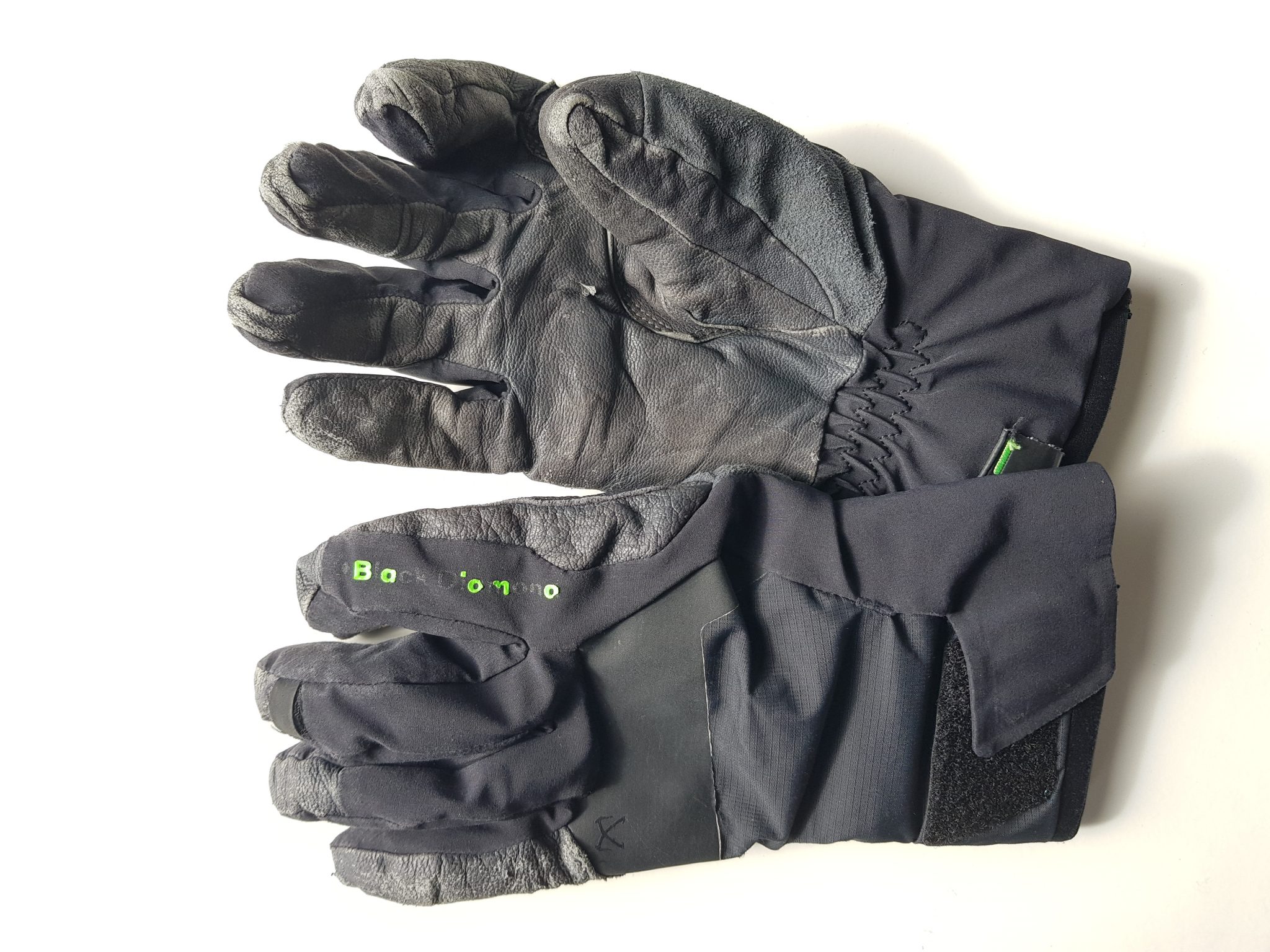
Lead Glove
Thinner and incredibly agile, these gloves are kept inside my mid-layer until they are needed, often only used for one of two of the more challenging pitches of a climb. It is less important (for me) to be waterproof; these gloves need to be ‘just’ warm enough and have a very grippy palm and neat finger length.
Many winter climbing gloves have a convenient loop at the end of the middle finger, which allows climbers to clip them upside down on their harness. Whilst climbing Central Grooves with Duncan, this little finger loop got caught in a carabiner whilst reaching down for a set of wires. It was an arduous couple of minutes hanging around on a fairly steep pitch whilst trying to wriggle my hand out of my nice neat glove! I find gloves get wet and then freeze on the harness in winter, so I prefer keeping them warm inside my jacket, which also stops me from clipping them to my harness precisely when I don’t want to!
The Black Diamond Terminator are the current weapon of choice, but the discontinued Mountain Hardwear Hydra Pro are possibly my all-time favourite. Another great glove for lead climbing is the Showa 282 Fleece Lined Chemical Glove.
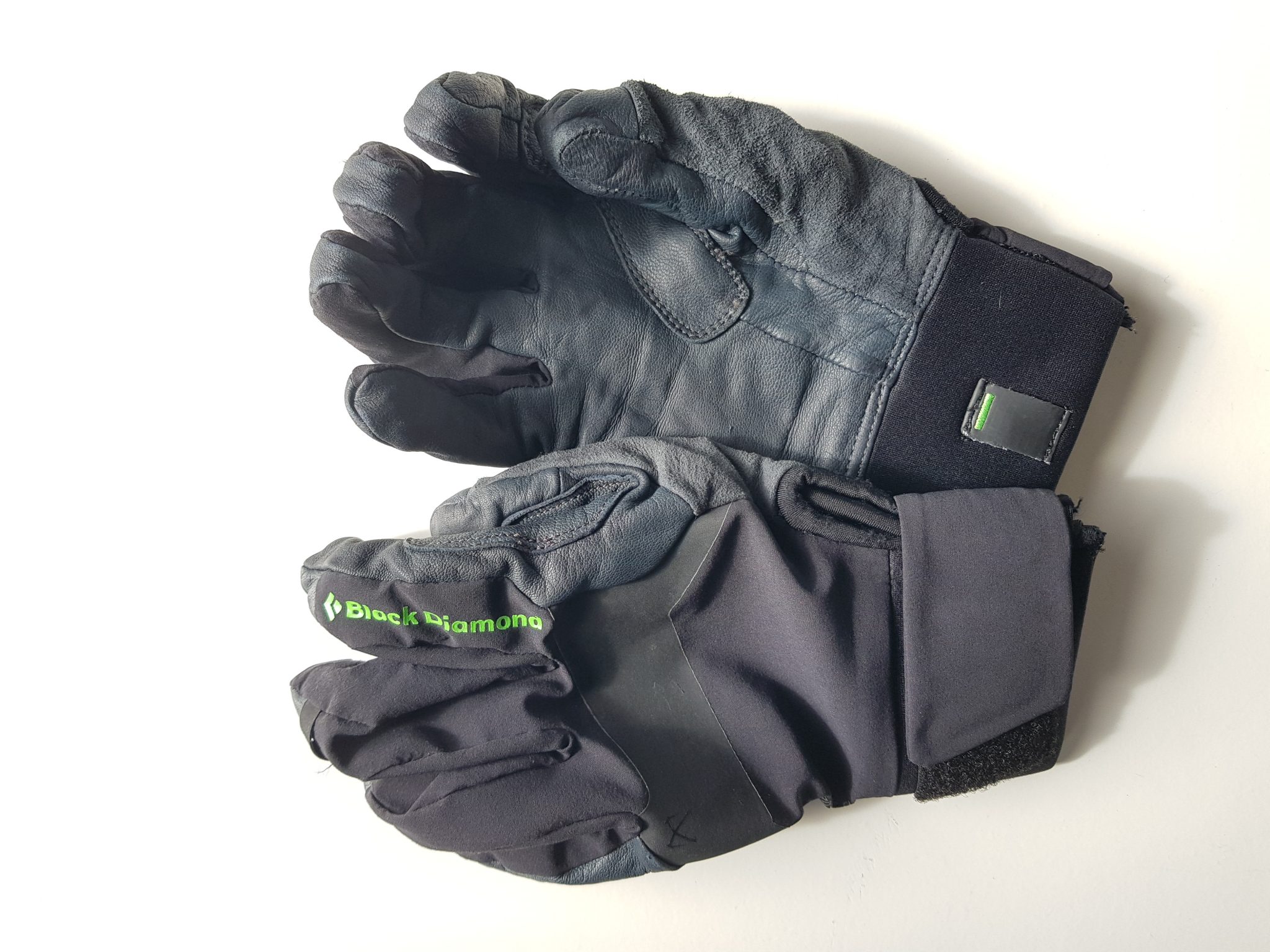
Belay Mitt
An oversized, well-insulated mitt is an absolute must for winter climbing. Yes, it can be a bit faffy swapping gloves at each belay, but it is essential not to have a semi-frozen belayer to think about while you are on the hardest pitch of your life.
I get icy hands in winter, so now use the Montane Alpine 850 Down Mitts and include heat pads on extra chilly days. For years I used cheap XL mitts that I picked up in TK Max. They were so big I could fit them over my winter climbing gloves for extra warmth and reduce the complications of removing gloves at each stance. As I move up the grades, carry less body fat and get older, I consider more expensive insulated equipment such as down mitts.
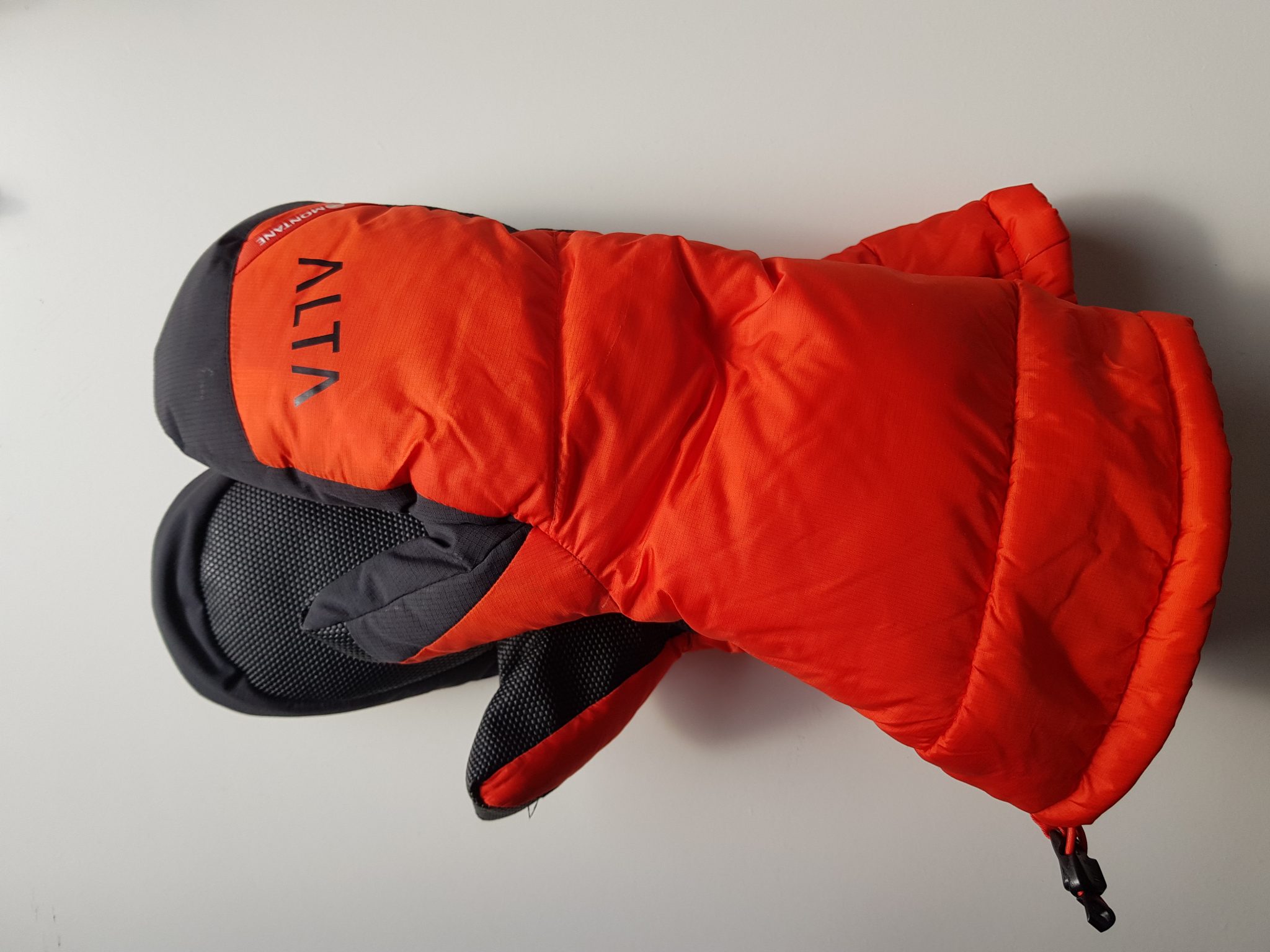
Dry Tooling
‘DT’ has become a modern part of training for winter climbing and is increasingly popular in today’s young climbers. Whilst many climbers sporadically blast up hard dry tooling routes in the run-up to winter, I prefer a reasonably structured training plan. At 40 years old; and still putting in as many purposeful hours as a full-time athlete, I find injury is just one poorly timed workout away. For me, careful planning and use of DT venues are essential to get fit and stay injury-free through the autumn training season.
A good glove for dry tooling will be thin and have almost no insulation or padding. When things get steep, the palm must be sticky to hold the ice axe handle; dexterity is an absolute must. I currently use the Black Diamond Torque, but a well-fitted golf glove is much cheaper and almost as good.
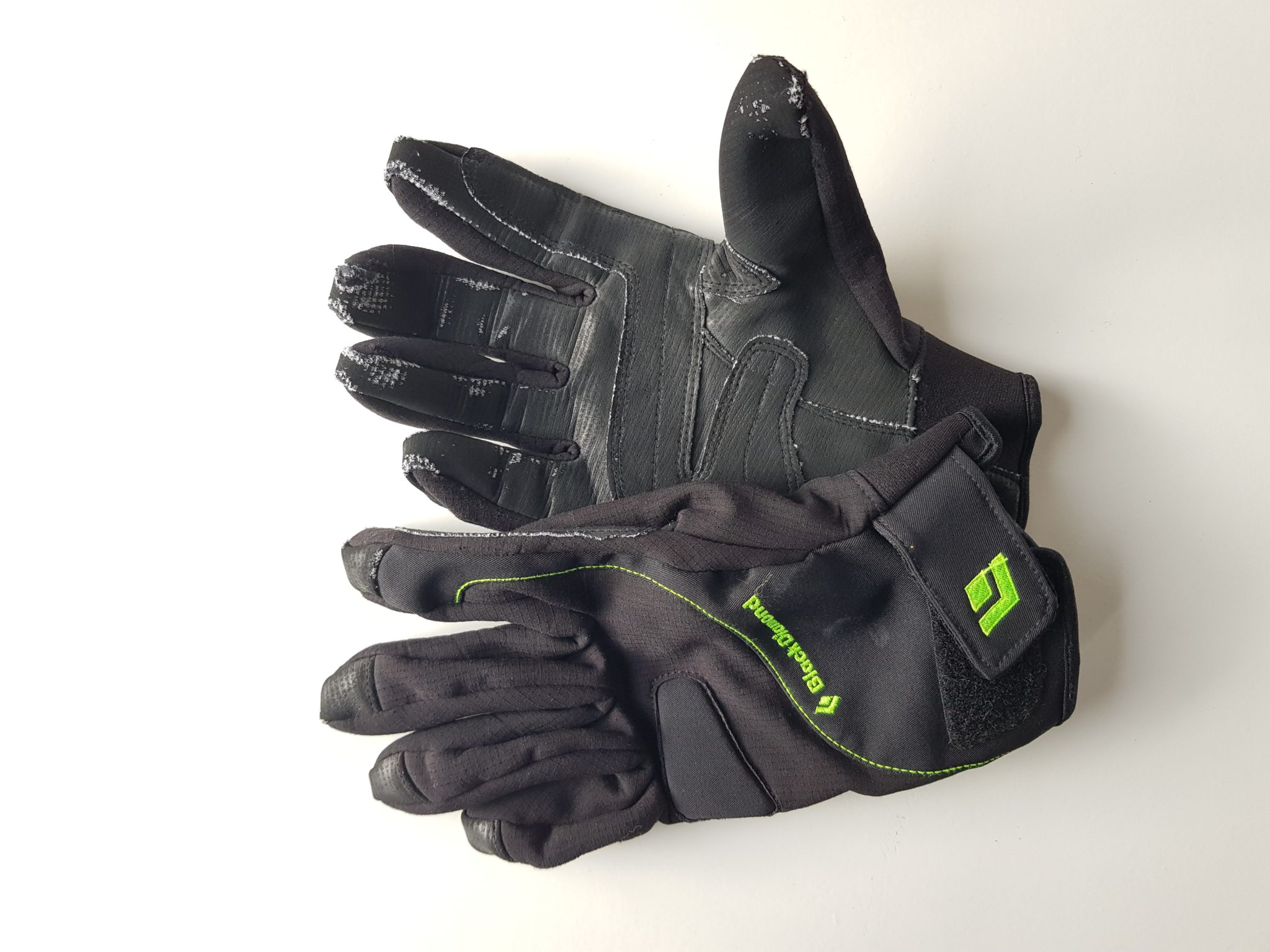
Check out our blog – What to pack for Scottish Winter Climbing.
Synergy Guides deliver guided climbing and mountaineering on Skye, Ben Nevis and in the mountains of Glencoe. We also offer instructional courses and bespoke adventures for larger groups.
Synergy Guides deliver Winter Mountaineering from our base in Fort William where we teach people how to stay safe in the winter environment. We aim to cover the basics plus climb some classic introductory mountaineering routes on Ben Nevis and in Glencoe.
Already an experienced winter mountaineer? Take your skills a step further and join us for an Intro to Winter Climbing or push your grades on a Performance Winter Climbing course.
About the author
Steve Holmes owns Synergy Guides, he is a fully qualified Mountaineering Instructor and holds the WMCI (MIC) award. He spends most of the spring/summer on Ben Nevis and the Isle of Skye. You can read more about him here.




